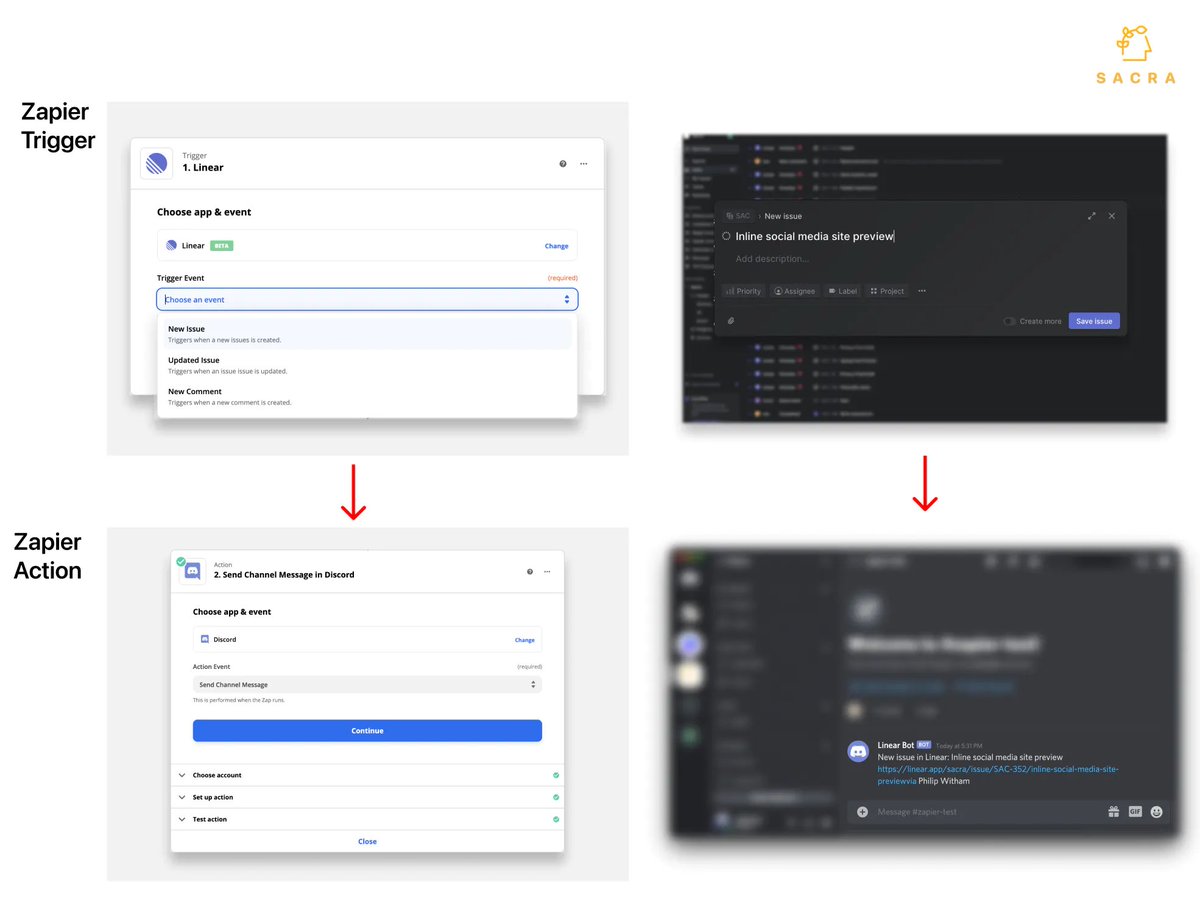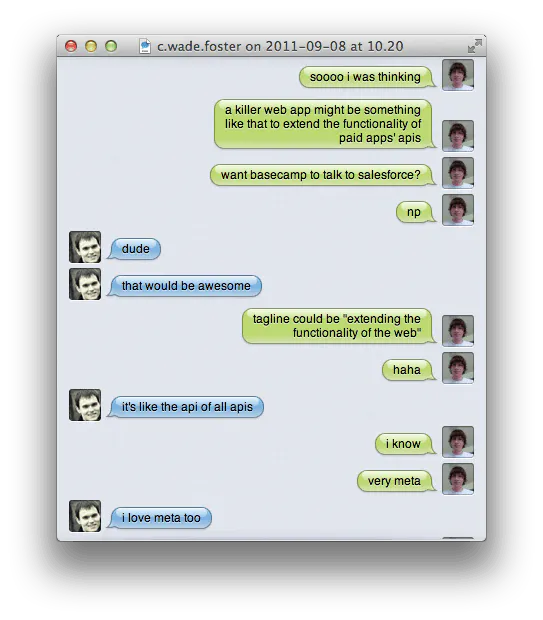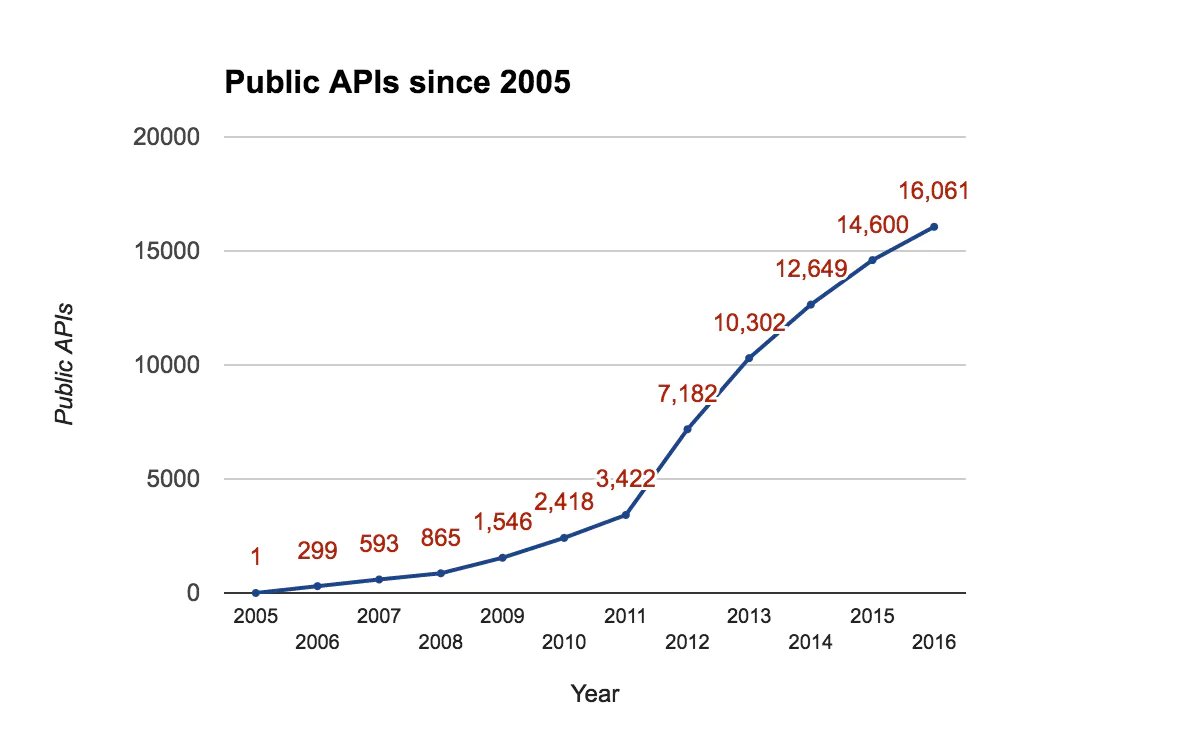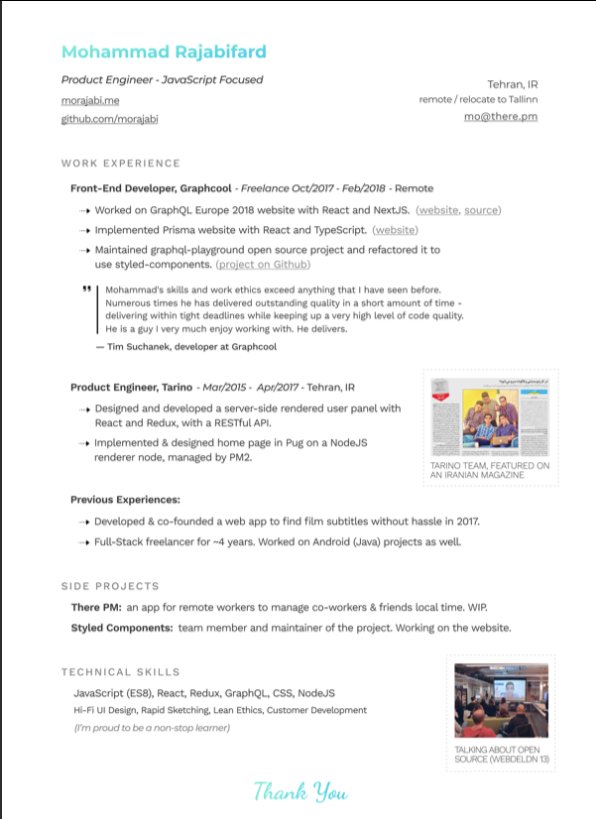Here goes….
1/ Tuesday was my last day as CEO of @CircleUp. I’ve been CEO since starting the co. in 2011 with my co-founder @roryeakin.
This is a thread about what happened, why and my emotions about it. For more detail:
https://t.co/vYImcm1bTM
Much of this I have never talked about.
Here goes….
Professionally: pivoting a Series C company was a living hell in and of itself, as I’ve talked about before. https://t.co/FiAyJlAKul
1/ We Pivoted a few yrs ago. This is the story- mostly my feelings. It has never been told publicly.
— Ryan Caldbeck (@ryan_caldbeck) April 16, 2019
This will be rambly and represents the chaos in my head at the time. There is [hopefully] no advice here. I don\u2019t know if we did it right.
Much harder.
It started with absolutely brutal fertility issues that my wife and I went through, beginning in 2016. The pain from this is hard to describe and difficult to talk about.
I’ve never said that publicly. Even privately few people were told.
It wasn’t the worst type of cancer you can get, but w/ a 4-5% mortality rate I was pretty damn scared. It was also a complicated case for reasons I don’t need to detail here.
Neither of us had known they were even testing for cancer

I wish I’d joined a CEO support group earlier or taken time off. I wish I’d looked for a therapist & a mgmt coach sooner. I wish I’d confided in the wider team, not just the board.
I now think sharing that authentic journey would have engendered trust and brought our team closer together.
https://t.co/yMrAiODMhA
1/ I recently learned a way of framing trust \u2013 I don\u2019t know who originally created this equation but I learned separately from @jorgestubbs and LifeLabs.
— Ryan Caldbeck (@ryan_caldbeck) July 2, 2018
Trust = Credibility x Reliability x Vulnerability
Let\u2019s talk about components of equation and I\u2019ll explain why I love it.
But then it changed. I didn’t do enough to prepare for what happened or get myself help.
https://t.co/403FKKvH6t
1/ I believe there are things that CEOs almost universally feel, but are afraid to talk about, making this journey as a CEO lonelier and less healthy. I recently had an amazing dialogue with some other CEOs about these topics. I wanted to broaden the conversation publicly.
— Ryan Caldbeck (@ryan_caldbeck) May 27, 2018
I made a decision. That decision led to this email to our board (included w/ their permission):
https://t.co/5864d7Jl7X
Now for how I have *felt* during this transition process... dishonest, relieved, scared, anxious, worried, insecure, proud, conflicted and more...

https://t.co/lhMapgdjiL
More from Startups
But it has the potential to be something even bigger: the Netflix of productivity.
Our report and a thread 👉
We believe @seqouia and @steadfast got a good deal buying into Zapier at $5B.
We value Zapier at $7B based on:
- 30-50% YoY growth over the next five years
- Zapier’s monopoly status in the solopreneur/SMB market
- 30-40% YoY growth of no-code TAM
No-code is huge and growing, but as @edavidpeterson has written, no-code is about more than tools: it’s about a philosophy that emphasizes interoperability and customizing your software to your needs.
https://t.co/UJY6BRtXwl

Trying this on for size\u2026
— David Peterson (@edavidpeterson) January 14, 2021
\u201cNo code\u201d isn\u2019t a coherent category. It\u2019s a design philosophy.
But tools built with this philosophy in mind will be the biggest winners of the next decade.
Let me explain what I mean by way of analogy.
.@zapier enabled interoperability by building a solution to one of the intractable problems in SaaS: APIs that don’t talk to each other.
The product took off and hit $100M ARR in just 9 years, comparable to companies that have raised 100x as much money.
https://t.co/0Thk42eRpJ

Ever notice that Zapier is doing $100m+ and has no direct competition? Found their niche and crushed it \U0001f44c
— Tyler Tringas (@tylertringas) November 7, 2019
Zapier was riding an explosion in APIs that started the same year they were founded—2011.
Suddenly, every SaaS business wanted to offer its users extensibility, but not spend time figuring out what integrations to build or building them.
That’s where Zapier came in handy.

🎬 https://t.co/JAhXqsuu6h $0
🌍 https://t.co/BrNUAhfiIT $0
💡 https://t.co/ZWcLfOH4aI $0
🐞 https://t.co/aghOxYEcPI $1.99
👍 https://t.co/2JhJLe27pW $3,025 in 10 days.
But that's ok, just keep shipping! My stories👇
🎬 https://t.co/wuiBp1XsYD is the first thing I created. It's a community for indie makers. The different thing is we post updates in videos. I created it for fun as I think the world doesn't need one more text-based forum, so I make a video one. No monetization plan so far.
🌍 https://t.co/fiwjgCWho5 is a social app. The idea is from Linktree, an app to share your social links. I thought it would be cool to add more visuals to it, and meanwhile we can explore others around. I also have no monetization plan for it. Make it for fun too.
💡 https://t.co/fZfL45uvVX is a platform to connect influencers with their fans. People says it's like @superpeer. But the only difference is it's all sync. Influencers don't need to commit their time to fixed slot. Fans pay to ask questions, influencers can answer at anytime.
Continuing Influenswer... I think the product has its potential. But for now maybe I didn't find the right niche to serve. Will re-evaluate it in future.

Check this out.
— President-Elect Angry_Norman (@AngryNorman2) December 4, 2020
LMAO
Been saying it for years, he's one of them. pic.twitter.com/gz1M5PQNrQ
Other members include Pete Buttigieg, Tulsi Gabbard, and a whole slew of other politicians.

You've also got Alexander Soros, David Rothschild, Mark Zuckerberg, and Alicia Garza, among many many others.

Some of their ambitions include something resembling the Green New Deal.

And working with the UN to find entrepreneurial opportunities for refugees in other countries.

You May Also Like
- Forget what you don't have, make your strength bold
- Pick one work experience and explain what you did in detail w/ bullet points
- Write it towards the role you apply
- Give social proof
/thread

"But I got no work experience..."
Make a open source lib, make a small side project for yourself, do freelance work, ask friends to work with them, no friends? Find friends on Github, and Twitter.
Bonus points:
- Show you care about the company: I used the company's brand font and gradient for in the resume for my name and "Thank You" note.
- Don't list 15 things and libraries you worked with, pick the most related ones to the role you're applying.
-🙅♂️"copy cover letter"
"I got no firends, no work"
One practical way is to reach out to conferences and offer to make their website for free. But make sure to do it good. You'll get:
- a project for portfolio
- new friends
- work experience
- learnt new stuff
- new thing for Twitter bio
If you don't even have the skills yet, why not try your chance for @LambdaSchool? No? @freeCodeCamp. Still not? Pick something from here and learn https://t.co/7NPS1zbLTi
You'll feel very overwhelmed, no escape, just acknowledge it and keep pushing.
















